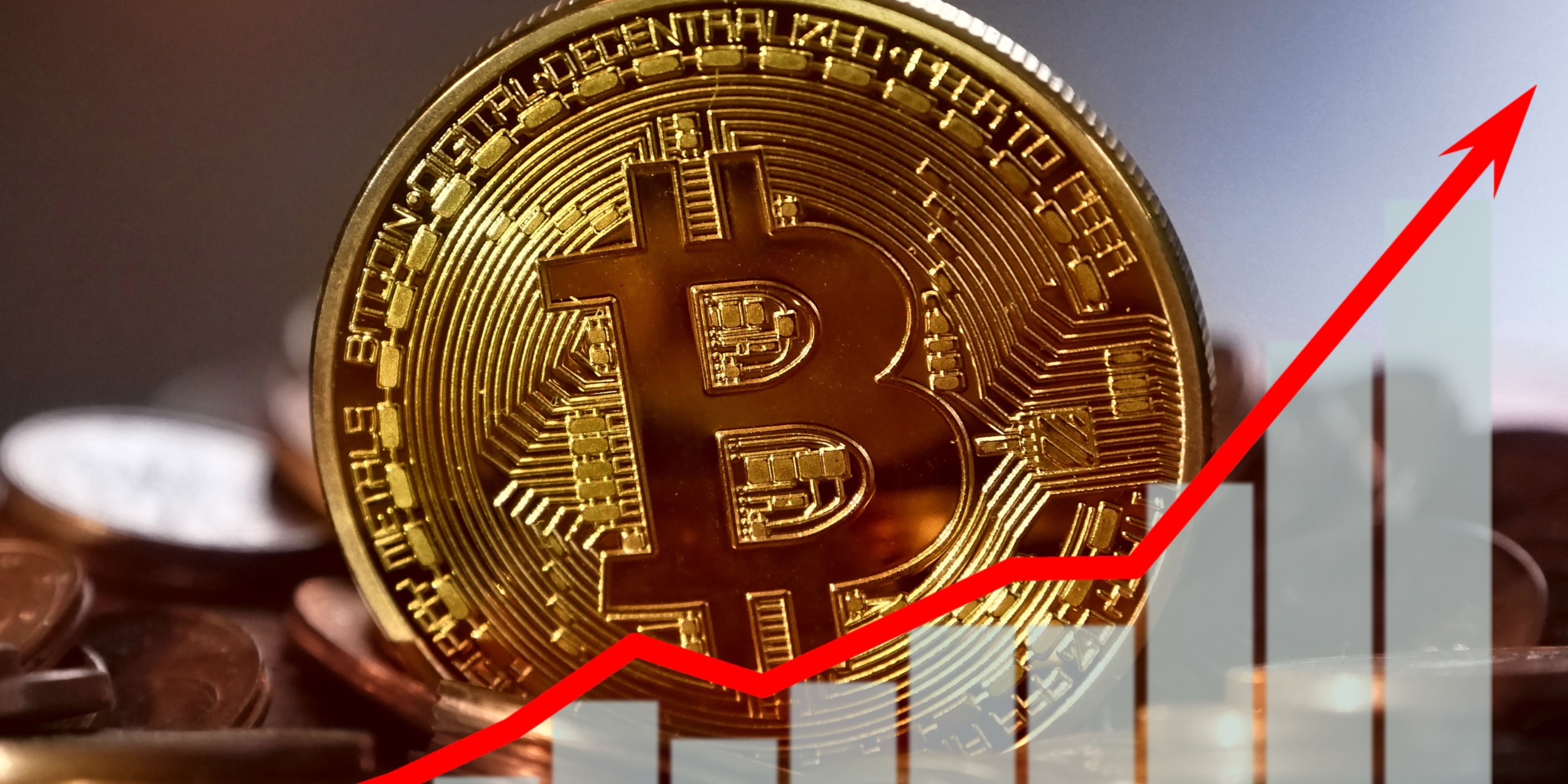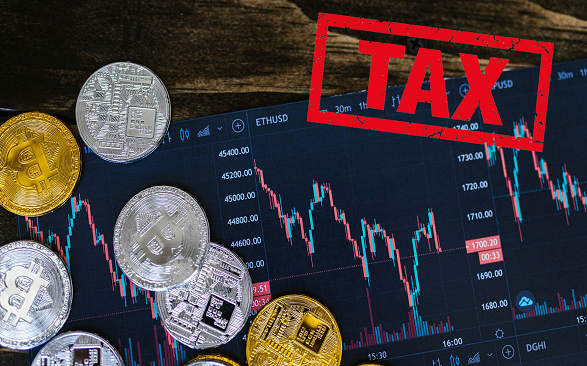On March 13, bitcoin (BTC) set a new record by hitting an all-time high of $73,600.
The crypto market is abuzz with discussions surrounding Bitcoin halving and the potential of Exchange-Traded Funds (ETFs).
The announcement by BlackRock regarding the creation of a spot bitcoin ETF without doubt sparked immense interest in the digital assets space. With high anticipation due to BlackRock’s history of successful ETF applications, the market witnessed a significant price rally, leading to the United States Securities and Exchange Commission’s (US. SEC) approval.
The creation of new spot bitcoin ETFs in the US raises questions about their direct impact on bitcoin prices. Unlike traditional trades on centralized exchanges, purchasing shares of an ETF does not immediately affect bitcoin’s price. Instead, the process involves authorized participants submitting orders for new shares, which are then created based on the bitcoin reference rate.
These shares are traded on the market like any other fund, with prices fluctuating based on supply and demand dynamics. To balance any discrepancies between ETF prices and the underlying asset value, traders often resort to bitcoin futures trading.
Read also:
Spot Bitcoin ETFs and the Crypto Market: The Other Side of the Coin
Bitcoin halving, occurring approximately every four years, is a pivotal event that halves Bitcoin mining rewards. This reduction directly affects production rates and supply, thereby impacting cryptocurrency prices. Historically, halving events have led to increased scarcity and subsequent price surges. However, the market’s response to each halving varies, influenced by prevailing market conditions.
As the 2024 bitcoin halving approaches, speculation mounts regarding its potential impact on the broader crypto market. While past cycles suggest a pattern of price appreciation post-halving, the current market landscape introduces a degree of uncertainty. Traders, miners, and investors anticipate price fluctuations, with some stockpiling BTC in anticipation of selling at peak levels following the halving.
Read also:
Bitcoin breaks $50,000. Time to jump in or out?
The surge in MicroStrategy’s profits, driven by its substantial BTC holdings, underscores the growing significance of BTC in corporate treasuries. With unrealized profits exceeding $8 billion, MicroStrategy’s strategic accumulation of BTC highlights the asset’s value as a store of value.
MicroStrategy’s latest purchase of 12,000 BTCs further solidifies its position as a major BTC holder. As BTC consistently reaches new all-time highs, MicroStrategy’s profits soar, reflecting the asset’s robust performance.
While BTC’s market dominance remains strong, its price volatility and daily trading volume indicate ongoing market activity. With growing interest in cryptocurrency and heightened anticipation surrounding the upcoming bitcoin halving, the market is poised for further surges in the near future.
As more investors flock to the crypto space, fueled by the prospect of potential gains and the allure of BTC’s scarcity-driven dynamics, the stage is set for increased volatility and price movements. The impending halving event, historically associated with price appreciation, amplifies this excitement, driving speculation and trading activity.
Additionally, recent developments in the global regulatory landscape further underscore the growing acceptance and integration of BTC into traditional financial markets.
Thailand’s Securities and Exchange Commission (SEC) has granted approval for asset management firms to launch spot Bitcoin ETFs, signaling a significant step forward in mainstream adoption.
Simultaneously, the London Stock Exchange has announced its intention to accept applications for Bitcoin exchange-traded notes (ETN) in the upcoming quarter, further expanding the avenues for investors to gain exposure to cryptocurrencies within regulated frameworks.
These regulatory milestones not only validate Bitcoin’s status as a legitimate asset class but also pave the way for increased institutional participation and investment inflows into the crypto market.
Read more:
Robert Kiyosaki: Bitcoin as a safe haven amidst economic decline
Credit: Solomon Victor is a Technical Analyst who is also knowledgeable about various aspects of blockchain and cryptocurrency.
Discover more from Crypto Asset Buyer
Subscribe to get the latest posts sent to your email.




